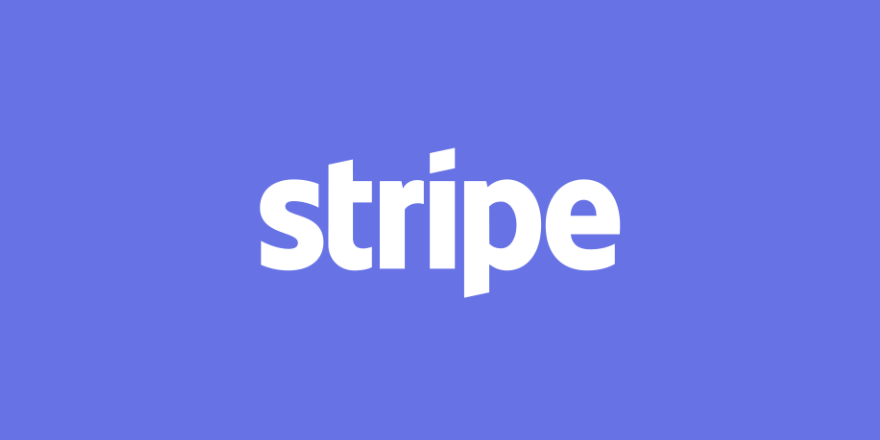The U.S. economy continues to show mixed signals. Performance indicators like unemployment are improving on paper, but real-time experiential signals often tell a different story. In the tech sector for example, the hangover to the Covid software boom continues, with uncertainty if we’ve hit bottom.
In pondering that question, the tech layoffs over the past year still haven’t counterbalanced the Covid-era hiring boom in big tech and the broader SaaS world. That may or may not mean more layoffs as the market normalizes, but we are meanwhile dealing with corrections and revaluations all around us.
Amidst all that, some companies and segments are doing okay. For example, those who didn’t experience a Covid boom – including IRL-dependent players like Airbnb – are seeing their day in the sun. But that doesn’t change the bloodletting in areas like SaaS and eCommerce, as we recently discussed.
Meanwhile, one company counteracting that trend is Stripe. As it gears up for an IPO on the horizon, it’s signaling a strong position, including lots of cash (always a good sign for investors), and top-line growth. The latter outperforms other payment players, not to mention the broader fintech and SaaS landscape.
Support & Scale
Specifically, Stripe’s annual letter details top-line growth that outperforms its sector, including crossing the $1 trillion total payment volume (TPV) milestone in 2023. This isn’t Stripe’s revenue but rather the payment volume that runs through its systems, from which it takes 2.9% and 30 cents per transaction.
More importantly that TPV figure is up 25 percent over 2022 – a considerable jump at Stripe’s operational scale. One practical result of all that is cash flow… again, a metric that excites investors. In fact, Stripe reports that it was “robustly cash-flow positive in 2023.” And it expects the same this year.
Elsewhere in Stripe’s annual letter, it supports and scales big companies. Specifically, it reports that more than 100 companies it serves process $1 billion+ in TPV. That’s about 10 percent of its customer list, which could be a red flag in terms of too many eggs in too few baskets, but could also be positive.
In other words, Stripe is supporting customers that grow into unicorns. It will likely lean into that messaging in its ongoing marketing and eventual IPO road show. Not only that, but this figure validates that customers stick around and don’t churn as they become giants – a testament to Stripe’s versatility.
Tailwinds
All the above is happening for a few reasons. Those reasons include software execution and a good product/market fit. Stripe continues to be best of breed in democratizing payment processing for businesses of all sizes. And its addressable market is so large that it still has ample headroom.
That includes taking share from direct competitors, as well as the sizable share of the SMB market that still utilizes legacy services. Stripe’s more flexible and streamlined approach to onboarding and managing payments (speaking as someone who has experienced it), alleviates big pain points.
Back to the macro environment, Stripe has another thing going for it: It may not only be downturn-proof but downturn-propelled. In other words, periods of uncertainty and retraction force businesses to think differently and streamline operations. This could translate to SMBs ditching legacy systems.
A similar dynamic was seen historically when downturns forced everyone to re-evaluate their technological mix. This is when disruptive technologies find open doors. We saw it with search and social media after the dot-com bubble for example. We’ll see if Stripe can continue riding similar tailwinds.




